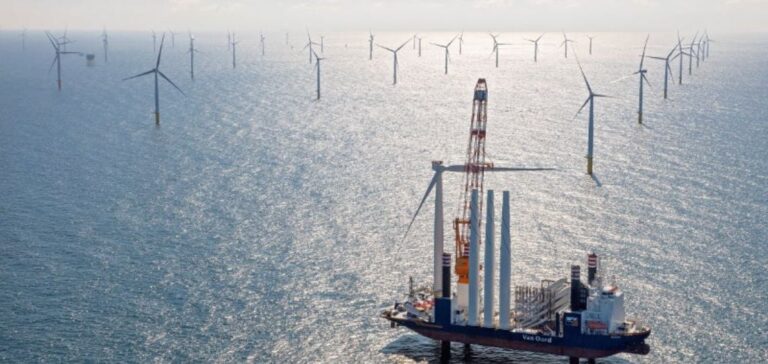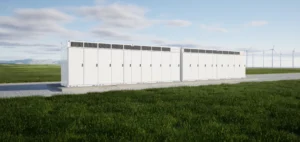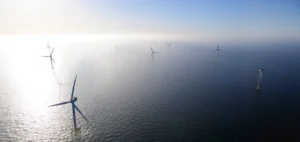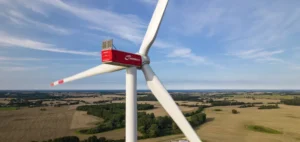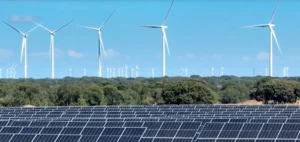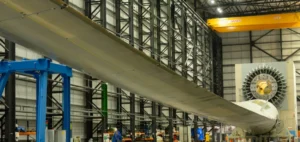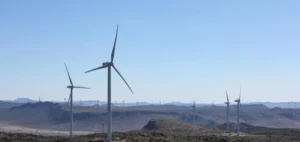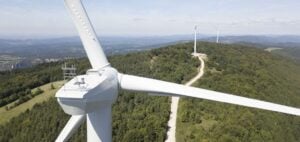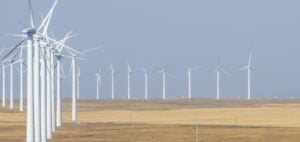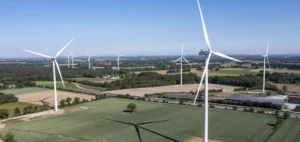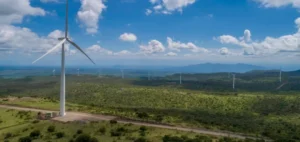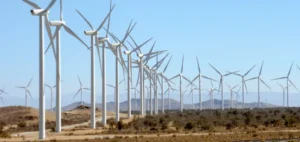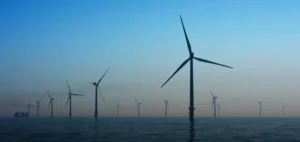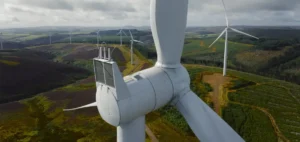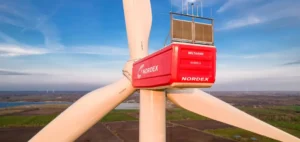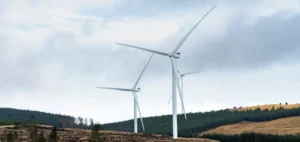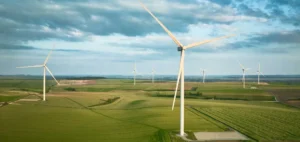Denmark is committing an investment of €13 billion to develop its wind power infrastructure in the North Sea and other strategic maritime areas, including the Kattegat and Kriegers Flak.
This commitment is designed to increase wind power generation capacity by 10 GW, meeting the country’s growing need for renewable energy.
The aim is not only to cover national consumption, but also to export electricity to neighboring countries and produce green hydrogen, an essential fuel for Europe’s energy transition.
This ambitious plan represents the largest tender for offshore wind power ever issued in Denmark.
At the same time, the Danish government is introducing a new financing mechanism whereby bidding companies will be required to make an annual concession payment to the state for the use of offshore sites, in addition to co-investing with the state, which will take a 20% stake in each project.
This approach aims to attract private investment while ensuring a return on investment for the State.
A stronger economic and industrial dynamic
The expansion of offshore wind power is not just about increasing energy production capacity.
It also represents a major economic opportunity.
The planned wind farms are expected to generate thousands of jobs, mainly in the construction and maintenance phases.
According to estimates, each gigawatt of offshore wind power could require a capital investment of around €2.1 billion, while creating around 9,500 direct and indirect jobs.
Not all of these jobs will be located in Denmark, but the impact on the local economy will be significant, particularly in the engineering and logistics sectors.
The project is also part of a wider strategy to position Denmark as a European leader in renewable energy. By developing this new wind power capacity, Denmark is strengthening its energy security while contributing to the achievement of the European Union’s climate objectives.
International cooperation and a model for energy transition
Denmark is not only investing in its own energy development, it also aims to play a central role in Europe’s energy transition. The country is exploring partnerships with other EU nations to optimize costs and share cutting-edge technologies.
This collaborative approach maximizes project efficiency while accelerating the continental energy transition.
Once operational, these offshore wind farms should not only meet domestic energy needs, but also contribute to the production of green fuels for sea and air transport, consolidating Denmark’s position as a key player in global energy innovation.


